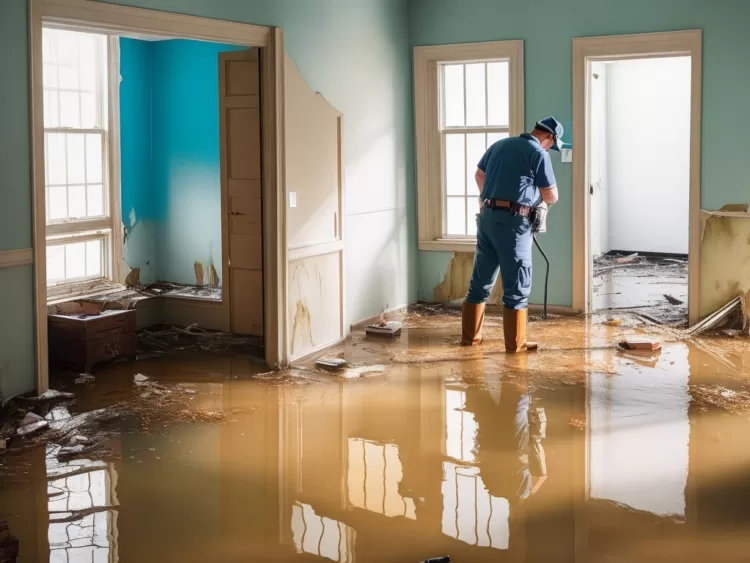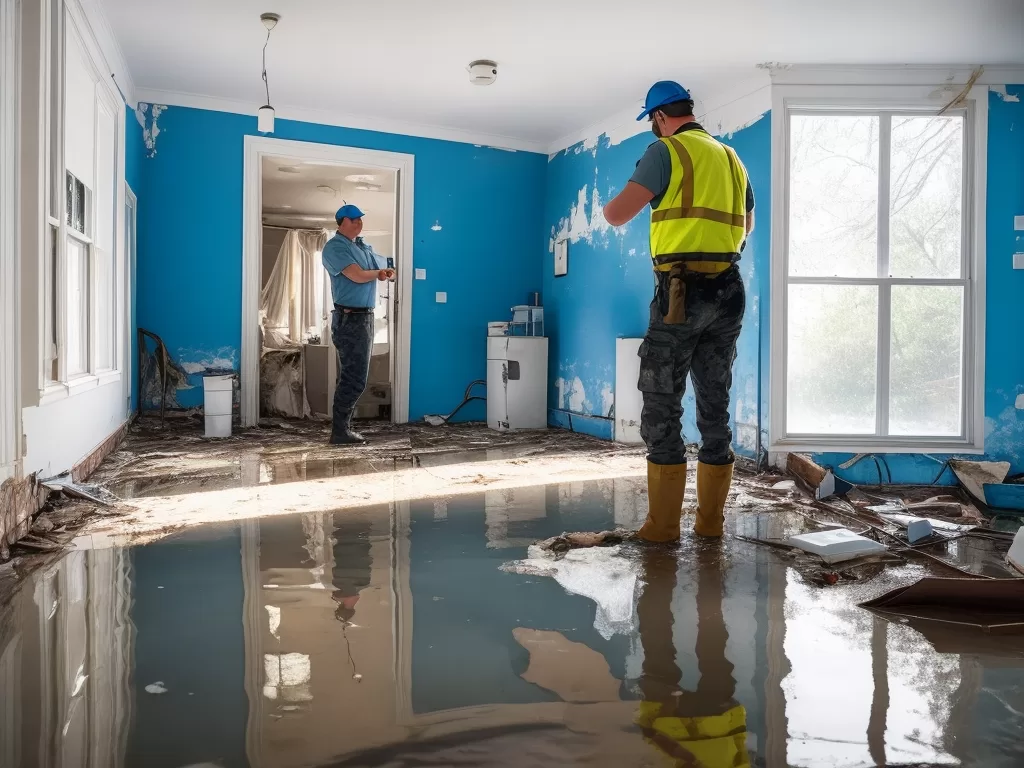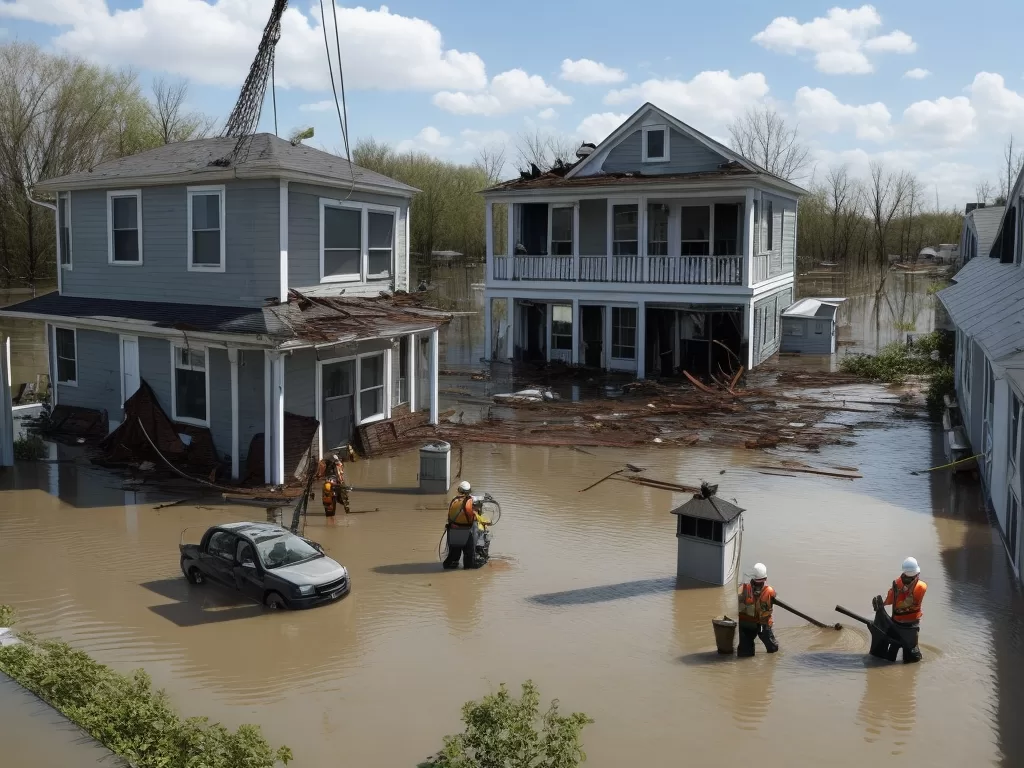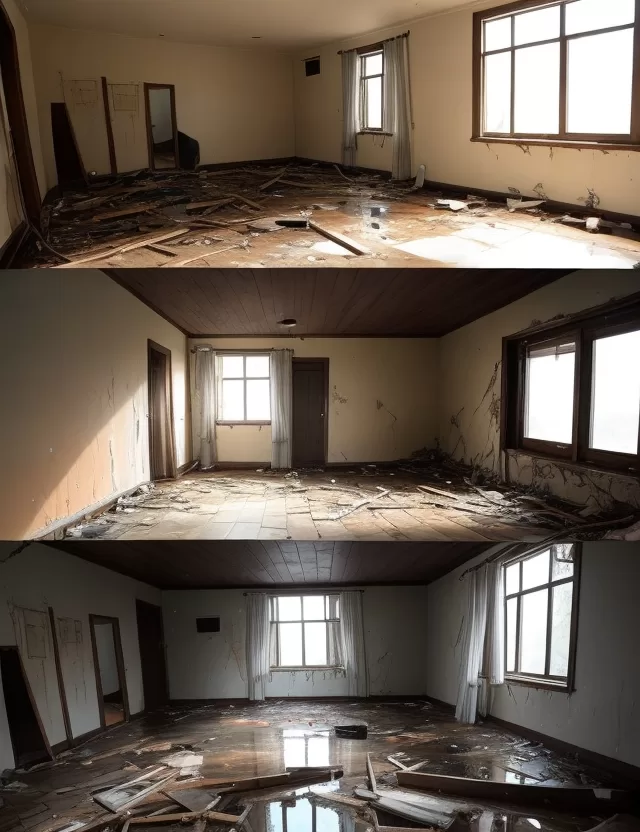Water Damage Restoration Experts
Flood Damage Articles
"I found the Water Damage Restoration Blog to be an invaluable resource when dealing with a recent flood in my home. The tips and advice provided helped me make informed decisions during a stressful time. I can't thank you enough!"

"The Water Damage Restoration Blog was a lifesaver when my basement flooded. The detailed guides and expert advice gave me the confidence to tackle the problem head-on. I'm so grateful for this resource!"

"Dealing with water damage is tough, but the Water Damage Restoration Blog can make it manageable. The information is easy to understand and very helpful. I recommend it to anyone dealing with water damage."
At Flood Damage Experts, we understand the devastation that water damage can cause, and we’re here to help. Our team of trained professionals is available 24/7 to provide top-tier water damage restoration services. We’re committed to restoring your property quickly and efficiently, minimizing the disruption to your life and helping you get back to normal as soon as possible. Whether you’re dealing with a small leak or a major flood, we’re here to provide the expert assistance you need. Contact us today for immediate help.
Restoration from water damage posts
Understanding the Major Causes and Signs of Water Damage
Water damage restoration is a process that aims to restore a property to its original state before water intrusion. This...
Read moreRestoration Services
Water Damage Restoration & Mitigation: What You Need to Know
Experiencing a flood, leak, or other water-related incident in your home or business can be overwhelming. This post will help...
The Comprehensive Process of Water Damage Restoration
Water damage restoration is a multi-step process that begins with a water removal company, often referred to as "restoration first...
Top 10 Tips for Dealing with Water Damage, Mold, and Mildew
Water damage, mold, and mildew can be a homeowner's worst nightmare. Not only can they cause significant damage to your...
Water Damage and Mold: What to Do and How to Test
Mold is a common occurrence in many properties across the United States. It thrives in indoor spaces exposed to moisture,...
Unmasking the Facts: CDC’s Comprehensive Guide to Mold in Homes
Mold is a common yet potentially harmful presence in many homes across the United States. It thrives in damp, poorly...
Burst Pipe Problems: What to Do and How to Mitigate Damage
Across the United States, homeowners often grapple with the question of what to do when a burst pipe wreaks havoc...
About
Visit FloodDamageExperts.com for in-depth articles on water damage restoration, mold prevention, and best practices for maintaining a safe and healthy home. Learn from our expert guides and tips on how to effectively manage and prevent water damage and mold growth
Browse by Tag
© 2023 Flood Damage Experts






















David Cohen